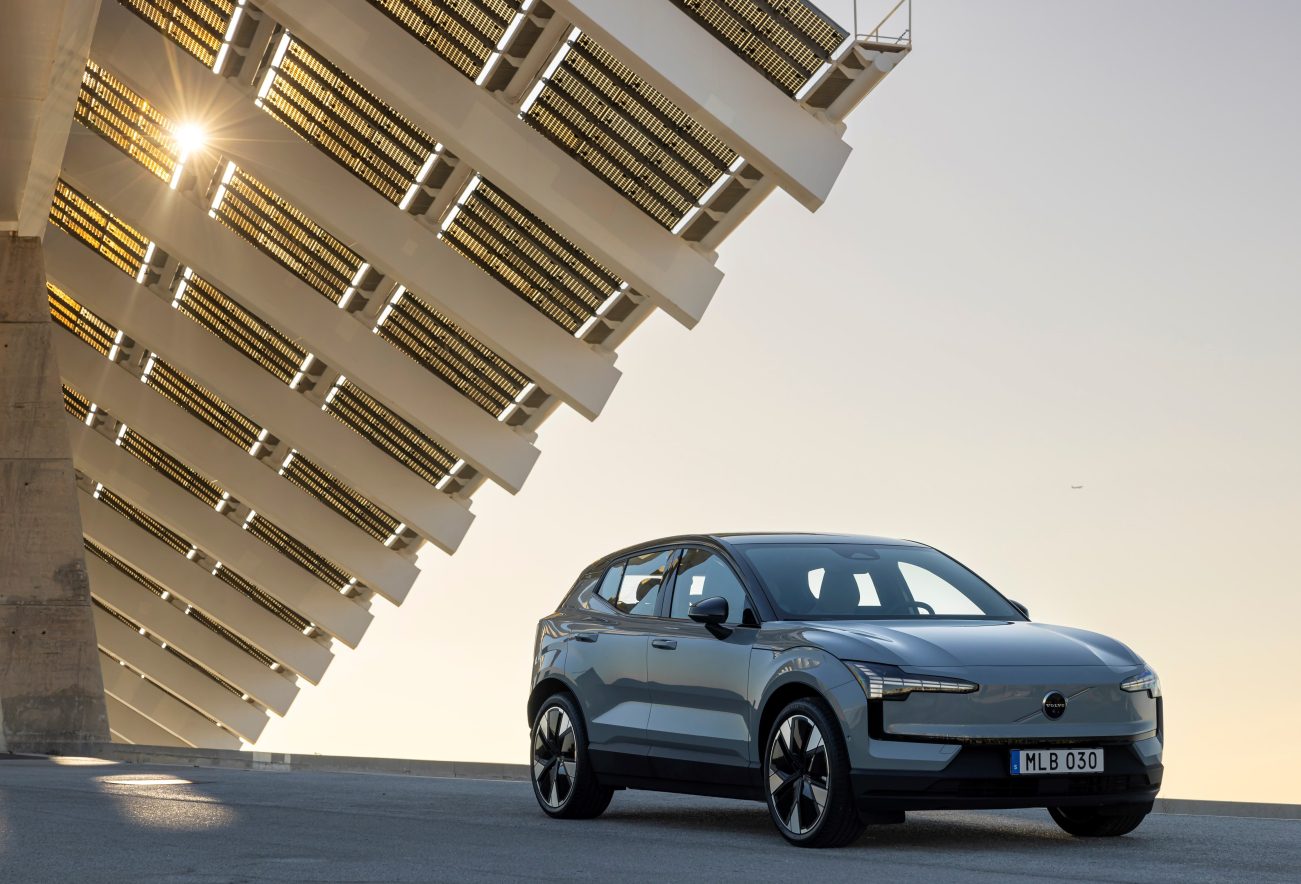Many electric vehicle naysayers persist in suggesting that “EVs will never profitable” or that “EVs cost manufacturers (insert random $ number) per car sale to sell”.
However, even if it was momentarily correct – at a point in time for a certain model – this is standard for new product development cycles that it has even been given the name, the “Valley of Death”. Volvo’s results for the past 12 months make for interesting reading as to how one legacy manufacturer is dealing with this EV Transition Valley of Death.
The Valley of Death is often used to describe the gap in revenue and income between the cost of developing a new product and large-scale sales.
In other words, it is the period between a business haemorrhaging capital and operating costs when developing the new product and rolling it out in numbers enough to create ‘the economies of scale’ needed to become both price competitive and recoup those development costs.
The Valley of Death is where the majority of start-up businesses fail. It almost claimed Tesla and many fund managers bet and lost billions that it would fail. For legacy auto manufacturers, with expectant shareholders used to profits, it’s a particularly challenging period, as we can see with the pull-backs from the US car companies such as GM and Ford.
So how did Volvo Cars do in 2023? Well, they had a record-breaking year and reported the highest full-year retail sales, revenues and operating profit in its 97-year history.
A new all-time sales record of 708,716 cars enabled revenues to rise by 21 per cent to SEK 399.3 billion ($A56.37 billion). The underlying operating profit of SEK 25.6 billion ($A3.61 billion) represented an increase of 43 per cent compared with 2022. Their operating margin came in at 6.4 per cent, up from 5.4 per cent in 2022.
In terms of numbers, the company sold 113,419 fully electric cars in 2023, an increase of 70 per cent over 2022 and representing 16 per cent of its total global sales volume. This by the way was one of the highest amongst the legacy premium carmakers. Compared with 2022, Volvo Cars increased its global electric market share by 34 per cent.
It is worth noting here that Volvo cars electric sales share in 2023 was still largely based on two fully electric models (C40 and XC40) and did not reflect the full potential of the new EX30 small SUV, the EX90 large SUV or the EM90 MPV, all of which will hit the roads in earnest during 2024.
During the second half of 2023, Volvo Cars also saw gross profit margins on its electric cars increase fourfold versus the end of 2022 to 13 per cent.
The report noted that high lithium prices heavily affected margins in 2022, however the company saw a clear uptick in the underlying profitability of these cars from the second half of 2023 as lower lithium prices and the effects of increased pricing materialised. The company also benefited from efficiencies from its own investments.
Volvo Cars went on to note whilst there is still a gap in gross margins on the EVs compared to some of its Internal Combustion Engine (ICE) cars, this gap is closing. The EX30 is set to deliver gross margins of 15-20 per cent and takes the company closer to that goal. Volvo Cars also expects the upcoming EX90 and EM90 to contribute to closing the gap between EV and ICE margins.
“It is my firm belief that the hard work we have put in during 2022 and 2023 positions us to meet our objectives for the years ahead, our strategy is well defined and unambiguous, and is the right one for Volvo Cars, our customers and the environment,” Volvo Cars CEO Jim Rowan said.
“Our results, order book and key performance metrics prove as much, and our customers clearly like what they see.”
Moving forward: from 2026 and onwards, Volvo Cars not only expects the level of investments to decline, but that it will be able to “reap the benefits with higher growth and profitability”.
The broader picture:
Unlike other legacy manufacturers though, Volvo has not stuck its head in the sand – instead they took the decision to become a leader in the EV Transition, and EVs now have an 18 per cent share of the global market.
Instead of waiting till ICE vehicle sales (and their associated profits) drastically taper off as the EV market grows and the Osbourne Effect fully kicks in, they have developed their EVs whilst their profit streams form existing ICE vehicles remained strong.
Volvo cars are now reaping the rewards of this strategy by building profitable EVs before their ICE business ends. They have proven a legacy car company can successfully cross the Valley of Death and profitably transition to becoming an EV-only manufacturer by 2030 (and only sell BEVs in Australia by 2026).
It certainly has helped that Volvo is regarded as a premium rather than ‘cheap and cheerful’ marque with larger profit margins than budget models can offer – and that Volvo is backed by one of the biggest Chinese EV manufacturers.
However, other manufacturers have premium brands as well, plus large (if diminishing) coffers they can work with – but only if they can get over their current reluctance to embrace change before it fatally affects their sales numbers and profits.
Bryce Gaton is an expert on electric vehicles and contributor for The Driven and Renew Economy. He has been working in the EV sector since 2008 and is currently working as EV electrical safety trainer/supervisor for the University of Melbourne. He also provides support for the EV Transition to business, government and the public through his EV Transition consultancy EVchoice.

